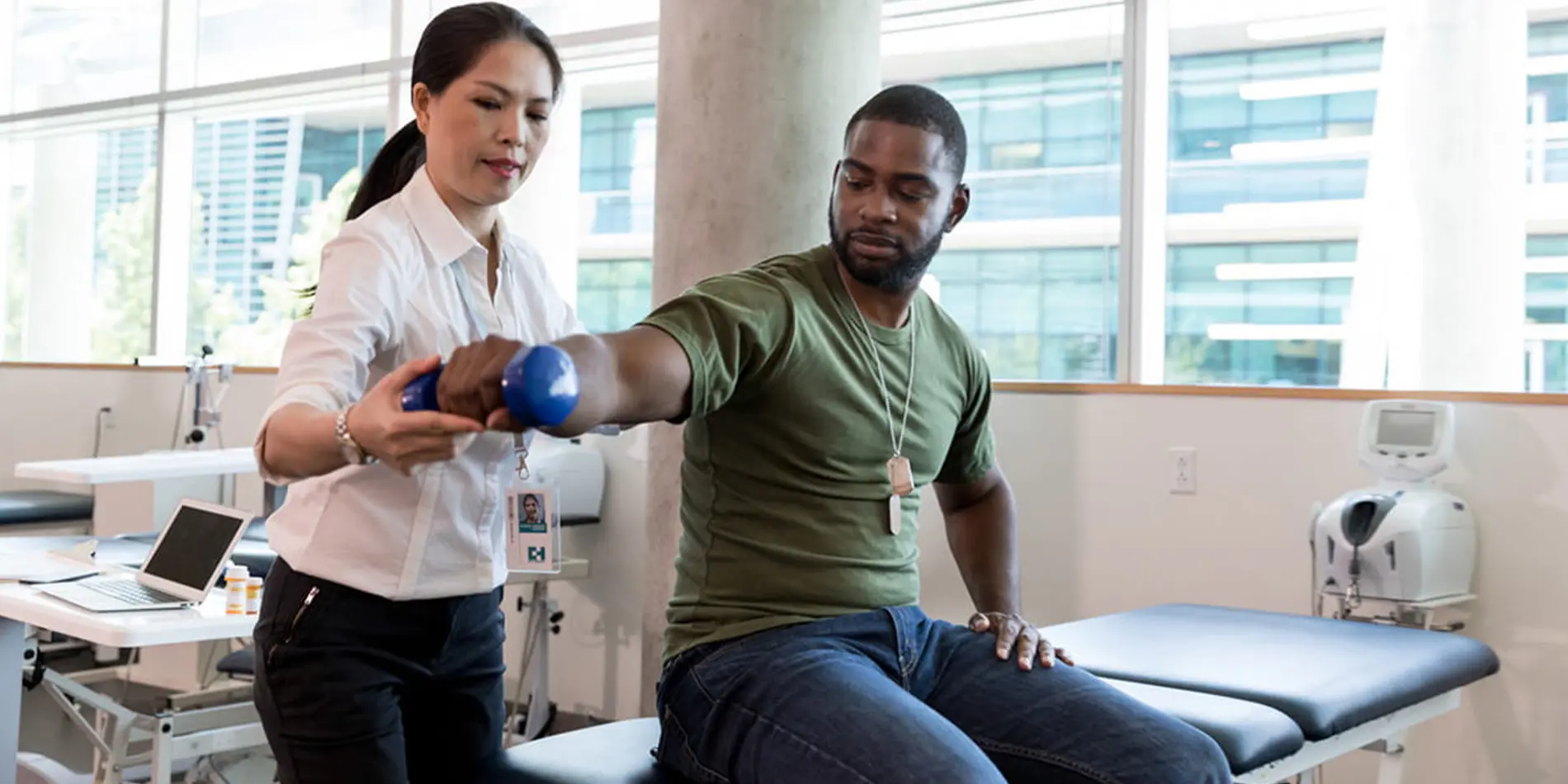Chronic discomfort is a major issue that frequently follows athletic traumas, affecting numerous athletes and physically engaged individuals. When someone experiences a sports trauma, such as a ligament injury, strain, or fracture, the immediate reaction usually includes soreness and inflammation. However, for some individuals, this pain does not diminish after the injury heals. Instead, they may persistently experience pain well beyond the initial injury. This persistent condition is known as chronic pain, and it can be challenging to manage. Understanding the complexities of chronic pain is vital for both athletes and healthcare providers to promote successful rehabilitation.
A primary cause persistent discomfort can emerge after a physical trauma is due to the physiological response to injury. When tissues are damaged, the system sends out alerts to notify the brain of the damage. This mechanism includes swelling, which is part of the healing process. However, in some cases, this inflammatory response can become heightened or extended, leading to persistent pain even when the damage has healed. Additionally, psychological factors like anxiety and low mood can contribute to how people experience sensation. Sports participants may feel stressed about returning to their Full Article sport, which can affect their interpretation of discomfort.

Persistent discomfort can seriously affect an individual athlete’s recovery process. It can affect their capacity to train and perform at their normal levels. Sportspeople may find themselves unable to engage in practices or games due to concern of aggravating their condition. This situation can result in emotions of discouragement and isolation. When patients cannot perform as they did prior to their injury, it may also undermine their mental health and sense of confidence. Therefore, treating both the physical and emotional components of recovery is essential for managing check long-term discomfort.
Various therapeutic approaches exist for addressing persistent discomfort after athletic trauma. Healthcare providers often suggest a combination of physical therapy, pharmaceutical intervention, and complementary therapies like acupuncture or massage therapy. Physical therapy focuses on improving muscle power and flexibility while controlling pain through specific movements. Medications such as anti-inflammatories or analgesics may be prescribed to temporarily ease discomfort. Each athlete’s situation is individualized; thus, developing a customized treatment plan that considers personal requirements and goals is crucial for effective rehabilitation.
In conclusion, persistent discomfort following sports injuries is a complex challenge that demands careful evaluation and management. It impacts not only the bodily aspect of recovery but also the emotional well-being of sports participants. By recognizing the underlying factors and effects of long-term discomfort, patients and healthcare providers can collaborate effectively more effectively toward recovery. With appropriate clinical approaches and support systems in place, many individuals can successfully manage chronic pain and resume participation in their favorite sports activities fully.